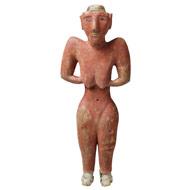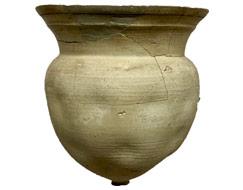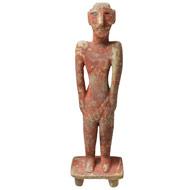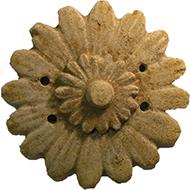Syria
Building lives together in the Middle East, giving rise to the world’s first cities
From the beginning, Syria was a principal interest of the Oriental Institute’s fieldwork in the Middle East and was a stop on James Henry Breasted's First Field Expedition in 1919–20. There was a significant shift in exploring this history of Syria when it was no longer possible for archaeologists to work in Iraq after 1990. OI archaeologists carried out important projects at Hamoukar, Tell Zeidan, and other sites in the region. Field work has not been possible in Syria since 2010, but these datasets continue to play a fundamental role in ongoing research for the ancient Middle East.
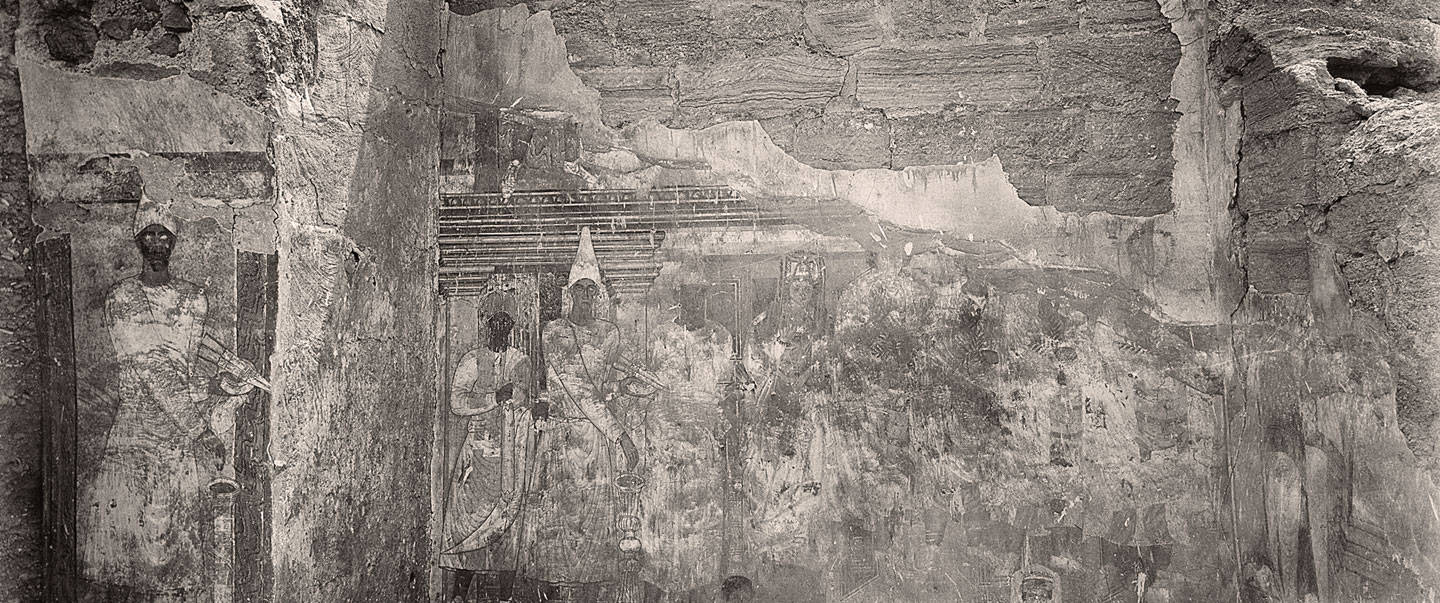
Photo of a wall painting at Dura Europas showing the Roman tribune Julius Terentius offering incese to local gods
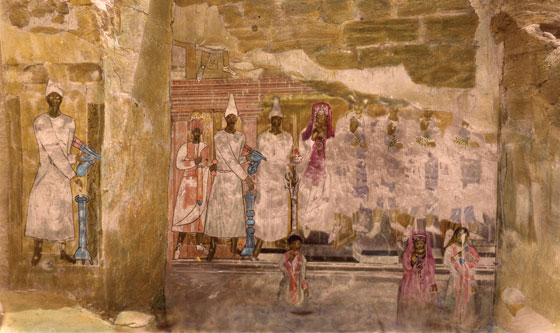
Colorized photo of the wall painting at Dura Europas as published in Oriental Institute Publications
Dura Europos: Between Rome and Persia
34.7474º N, 40.7272º E
In 1919–20, the OI carried out the First Field Expedition to the Middle East, passing through Egypt, Iraq, Palestine, and Syria. Upon learning of wall paintings that had been discovered at Salihiyah, Breasted altered his plans of returning to Egypt from Baghdad and decided to attempt to cross the Syrian desert. Salihiyah was the site of Dura Europos, founded as a Macedonian settlement on the Euphrates with Greek-style monuments and a city with streets arranged on a grid pattern characteristic of the Hellenistic period.
At the time of Breasted's trip, the British were in the midst of negotiations with the Arab State over this sensitive border area. In fact, they were just about to abandon their outposts at Salihiyah and Abu Kemal, so Breasted had just one day to document all of the wall paintings discovered at the site of Salihiyah. These turned out to be murals from a Roman fortress of the third century AD at Dura Europos. Breasted photographed the paintings and later colorized the images. Although Breasted asked that the murals be covered over by refilling the pit, the dirt settled with rain and the paintings were damaged by local people before excavations could begin just two years later. They are now in the Damascus Museum and the Yale University Art Gallery.
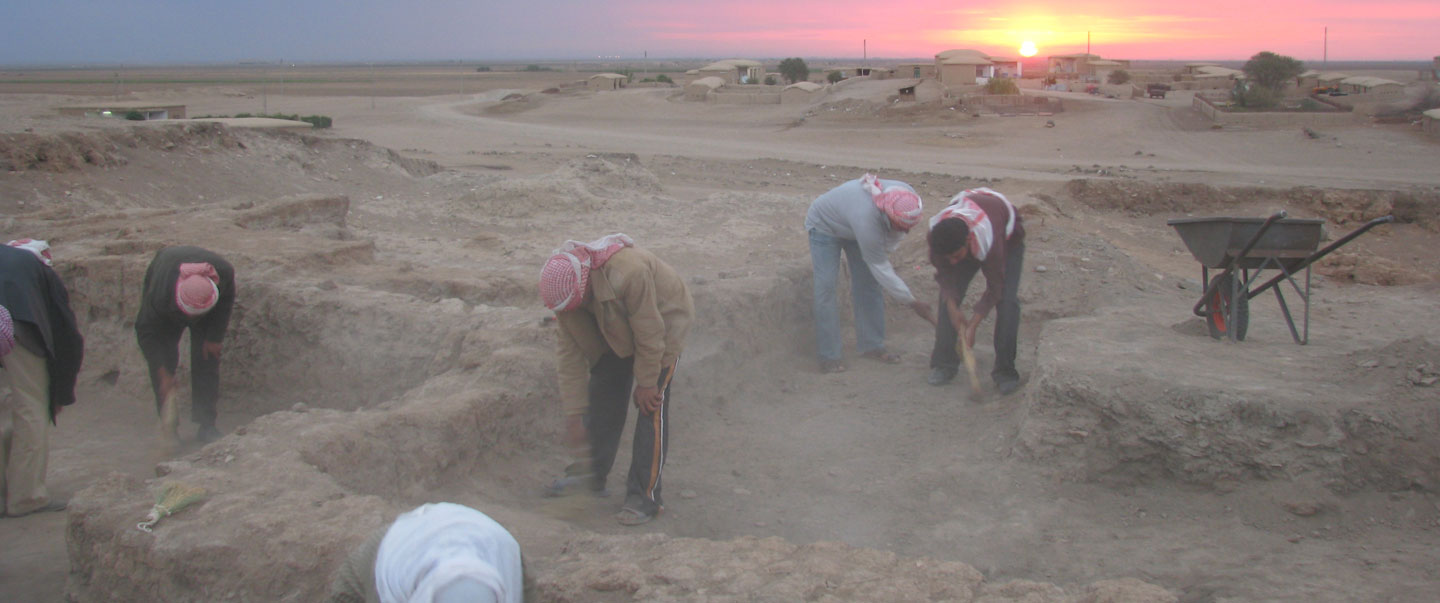
Sunrise over Hamoukar
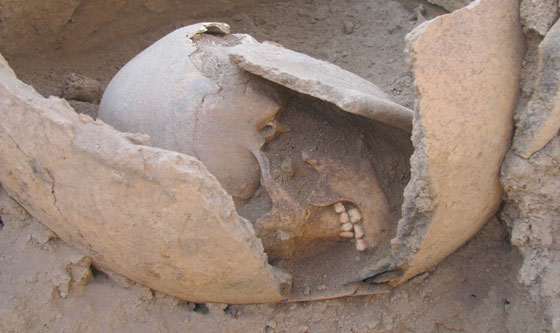
Jar burial at hamoukar
Tell Hamoukar: The beginnings of urban civilization
36.4855º N, 41.5721º E
Tell Hamoukar was a remarkably large archaeological site in northeastern Syria, located on a major ancient trade route that led from modern-day Turkey across northern Syria and the Tigris River into Mesopotamia. The discovery of a well-organized prosperous town at the site—dating more than 5,500 years old—revolutionized previous ideas about the spread of early civilization in the ancient Middle East. Rather than situating the first urban centers in ancient Sumer (modern-day southern Iraq) during the Uruk period (ca. 3200 BC), the evidence at Hamoukar attests to the simultaneous development of cities before this date in both Syria and Iraq.
In 1999, a joint expedition of the OI and Syrian Directorate General of Antiquities initiated excavations at Hamoukar, revealing important new information on the culture and history of northeastern Syria during the fourth and third millennia BC. During the 2005 season, archaeologists uncovered the earliest evidence for large scale organized warfare in the Mesopotamian world, including collapsed walls and oval-shaped sling bullets.
FROM THE OI
We need to reconsider our ideas about the beginnings of civilization, pushing the time further back.
McGuire Gibson, Professor Emeritus and Expedition Co-director.
OI Museum Artifacts
